NASA's Space Shuttles: Where Are They Now?
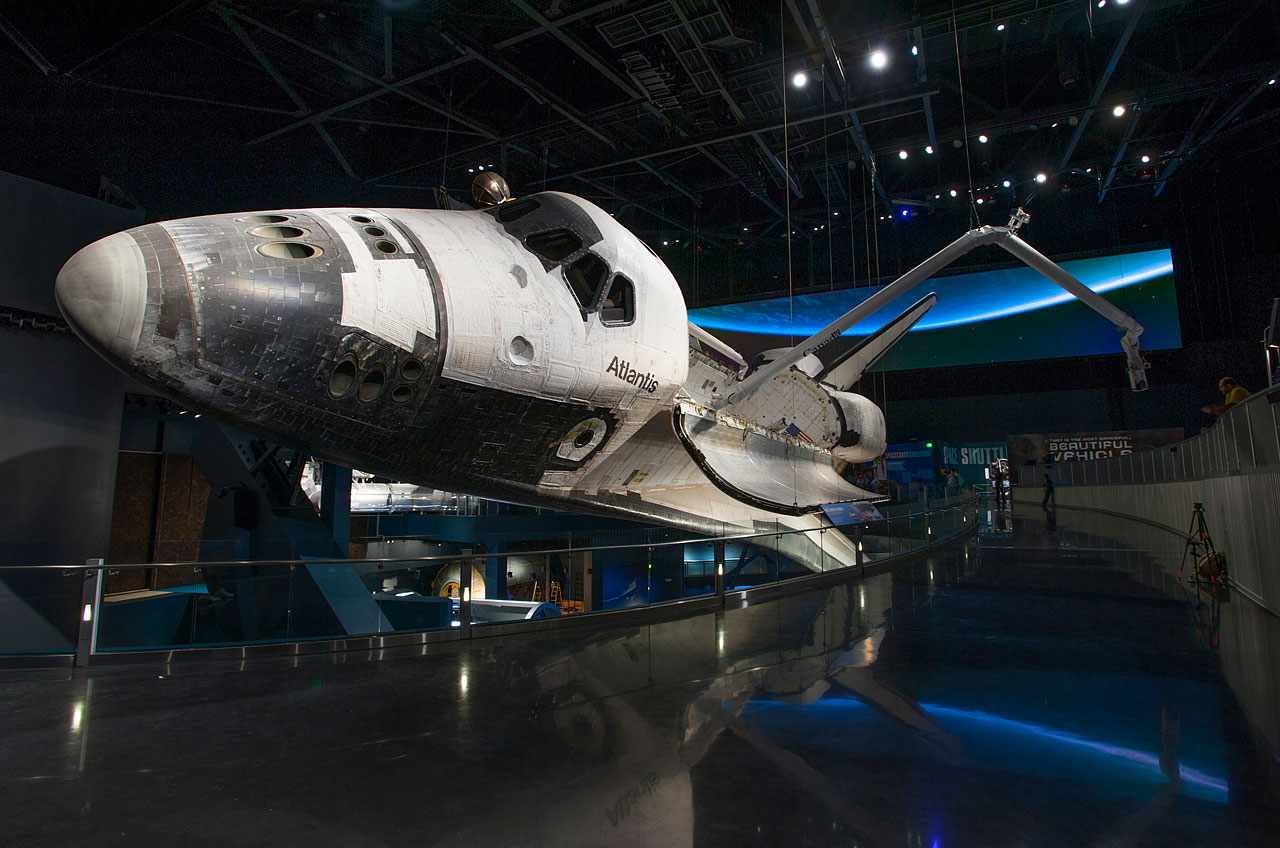
NASA's retired space planes are officially on display for the public to enjoy, but you'll have to go state-hopping to see all four of the iconic spacecraft.
From Los Angeles to New York, the space shuttles have made their homes around the country. The shuttles on public display include NASA's three space-flown orbiters — Atlantis, Discovery and Endeavour — as well as the prototype shuttle Enterprise, which never flew in space but was used for landing glide tests. [8 Surprising Space Shuttle Facts]
Here's where to find NASA's space shuttles and what you need to know when you visit them:
FIRST STOP: Enterprise, NASA's First Shuttle
Enterprise Intrepid Sea, Air & Space Museum, NYC
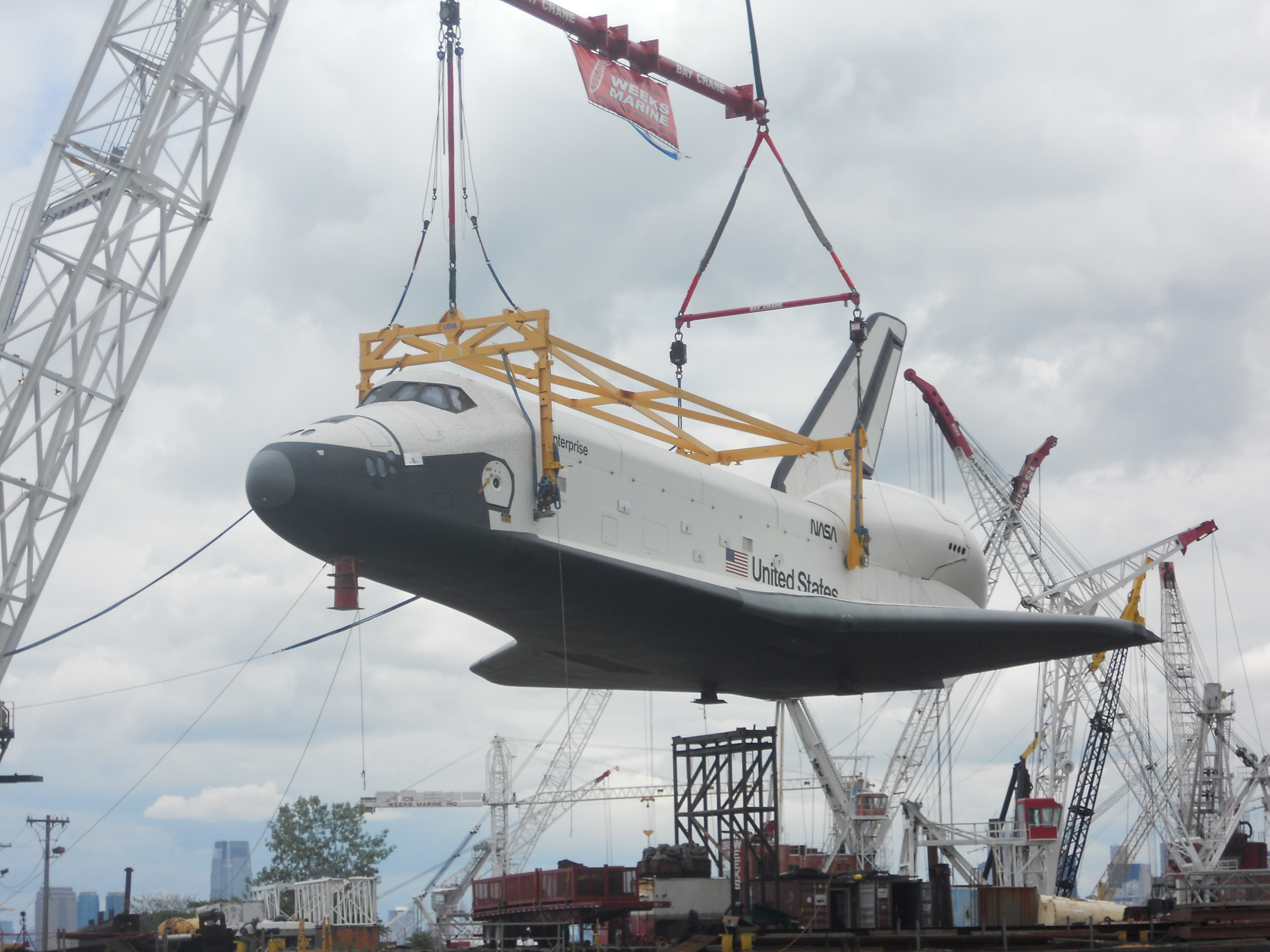
Why to visit: Enterprise was the first space shuttle, but never actually flew in space. Enterprise was built without a heat shield or engines, making it incapable of spaceflight. It was used for drop tests and glide tests, giving astronauts a sense of what to expect during trips to and from space.
To the glee of "Star Trek" fans everywhere, Enterprise was named after the venerable starship commanded by Captain Kirk in the original series. It was originally called Constitution, but after receiving tens of thousands of letters from people around the country, then-president Gerald Ford decided to rename the orbiter.
Cost of admission: General admission tickets include access to the Space Shuttle Pavilion, Growler submarine. Adult tickets: $33, Seniors: $31, Child: $24.
NEXT STOP: Discovery, NASA's Most Traveled Space Shuttle
Discovery National Air and Space Museum Steven F. Udvar-Hazy Center, Chantilly, Va.
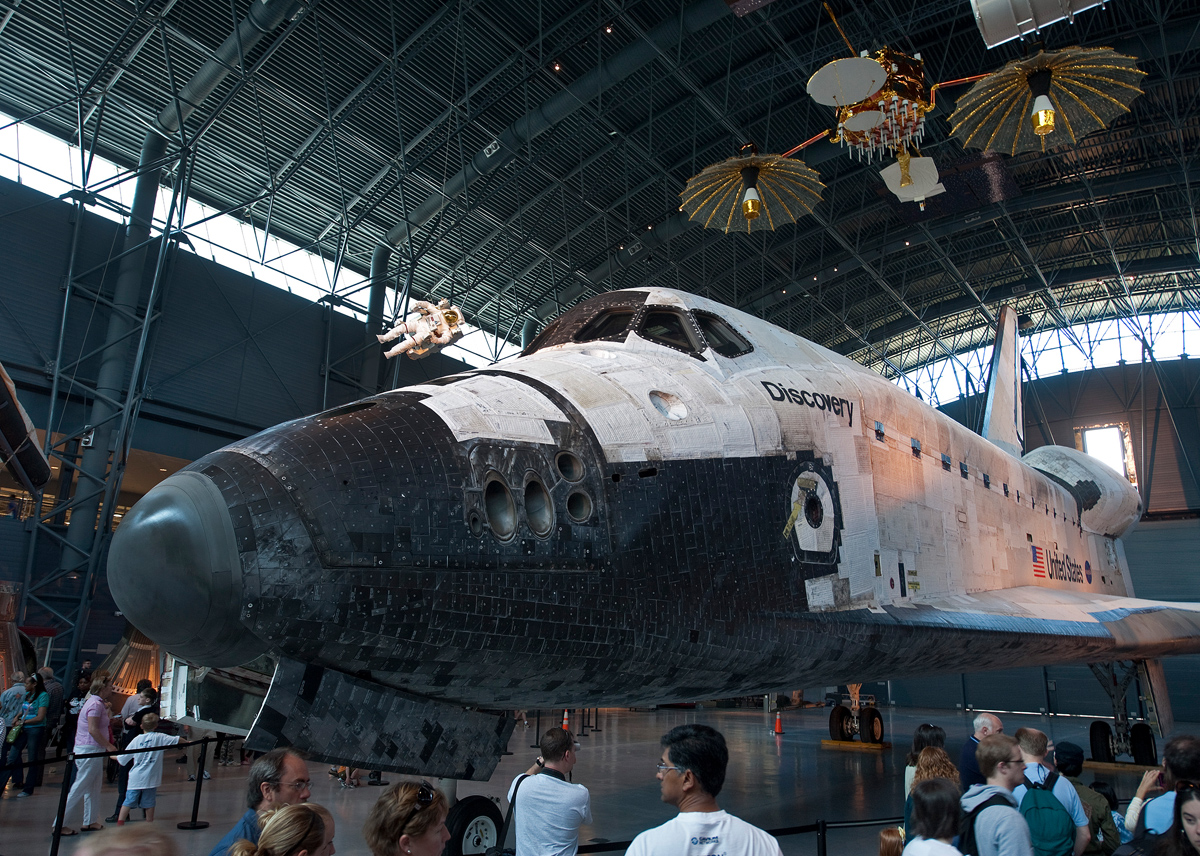
Why to visit: The space shuttle Discovery launched for the first time in 1984. Although it was only the third shuttle to fly to space, it flew the most missions, 39 in total. Discovery was chosen as the "Return to Flight" orbiter after two space shuttle tragedies; once in 1986 after the Challenger explosion and then again in 2003 after the Columbia disaster.
Discovery is responsible for launching the Hubble Space Telescope into orbit and was used to help build the International Space Station.
This space shuttle is part of a long, historical tradition of naming ships "Discovery," NASA officials have said. Henry Hudson's Hudson Bay exploring vessel was named Discovery, as was James Cook's in the 1770s.
Cost of admission: Free
NEXT STOP: Atlantis, Florida's Hometown Shuttle
Atlantis Kennedy Space Center Visitor Complex Cape Canaveral, Fla.
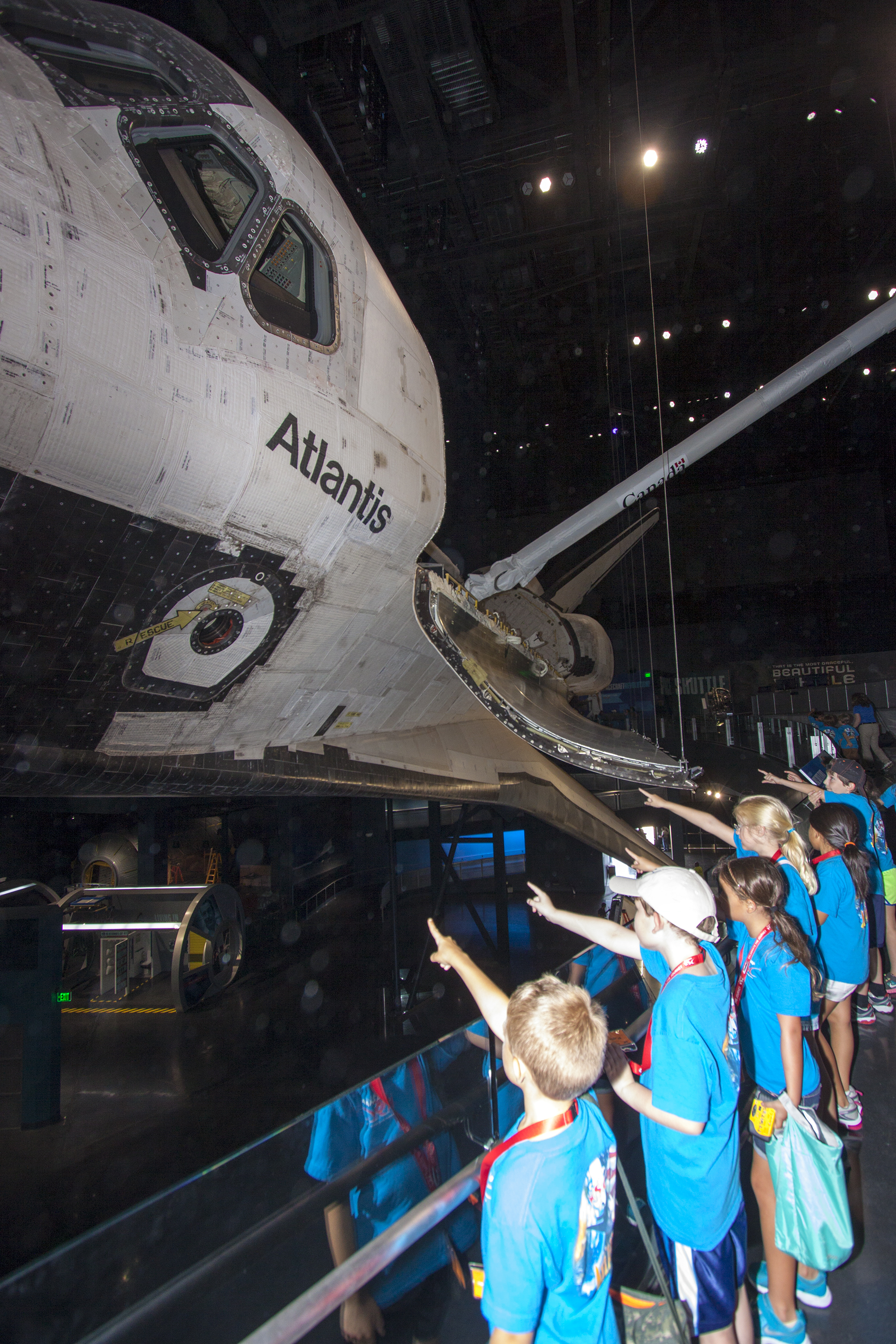
Why to visit: The space shuttle Atlantis was the last to fly in space before the fleet was retired in 2011 and the final orbiter to be put on public display. Atlantis flew 33 missions, including secret missions for the U.S. military, flights to space stations and missions to launch several spacecraft into orbit.
Atlantis was named after a ship that sailed for the Woods Hole Oceanographic Institute in Massachusetts between 1930 and 1966. That vessel was the first seafaring ship to image the seafloor using electronic sounding technology.
Cost of admission: A viewing of the shuttle is included in the price of admission to the Kennedy Space Center Visitor Complex: $50 for adults, $40 for children (ages 3-11).
NEXT STOP: Endeavour, NASA Youngest Shuttle
Endeavour California Science Center Los Angeles, Calif.
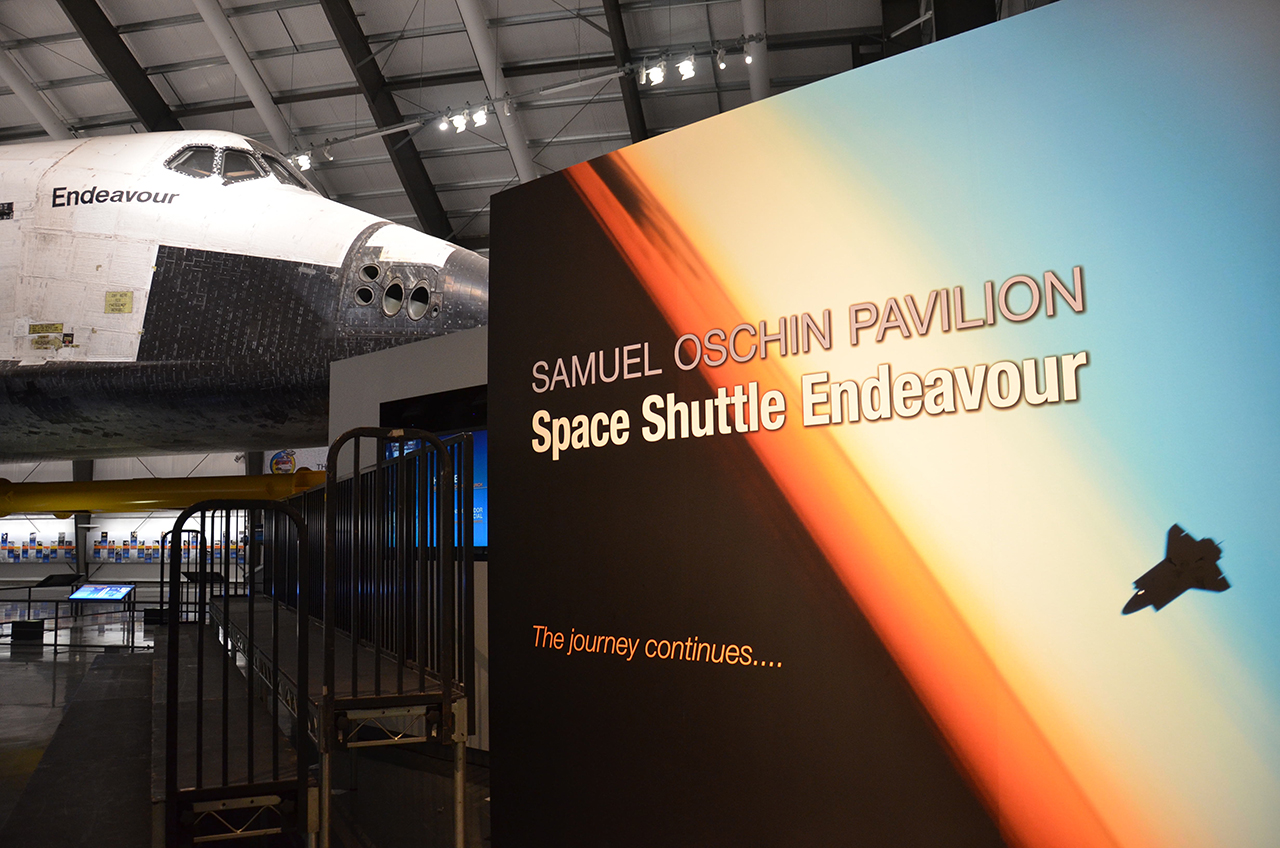
Join our Space Forums to keep talking space on the latest missions, night sky and more! And if you have a news tip, correction or comment, let us know at: community@space.com.
Get the Space.com Newsletter
Breaking space news, the latest updates on rocket launches, skywatching events and more!

Miriam Kramer joined Space.com as a Staff Writer in December 2012. Since then, she has floated in weightlessness on a zero-gravity flight, felt the pull of 4-Gs in a trainer aircraft and watched rockets soar into space from Florida and Virginia. She also served as Space.com's lead space entertainment reporter, and enjoys all aspects of space news, astronomy and commercial spaceflight. Miriam has also presented space stories during live interviews with Fox News and other TV and radio outlets. She originally hails from Knoxville, Tennessee where she and her family would take trips to dark spots on the outskirts of town to watch meteor showers every year. She loves to travel and one day hopes to see the northern lights in person. Miriam is currently a space reporter with Axios, writing the Axios Space newsletter. You can follow Miriam on Twitter.
